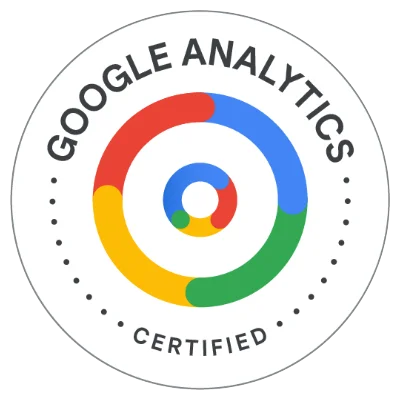Let’s discuss third‑party cookies and why they’re still significant.
A Brief(ish) Cookie History and Timeline
Netscape engineer and developer of one of the earliest web browsers, Lou Montulli, introduced the cookie in 1994 to make the early web practical. The cookie was his way of giving websites a “memory,” allowing them to remember information about users between visits. This technology was crucial for online shopping, because without it, we wouldn’t have online shopping carts.
Third-party cookies are set by a domain you’re not currently visiting, typically an ad network, analytics tag or embedded widget, which lets that third party observe behavior across many sites. This is useful for targeting and measurement, but it also raises privacy concerns.
Over time, the industry leaned heavily on third-party cookies as a backbone for ad targeting and attribution. As privacy expectations shifted, browsers like Apple’s Safari and Firefox from Mozilla led with stricter tracking protections and default blocks on cross-site cookies, years before Google Chrome followed suit.
However, in January 2020, Google said it intended to phase out third-party cookies in Chrome “within two years” as part of its Privacy Sandbox initiative. That plan slipped multiple times amid technical and regulatory scrutiny.
Then, in July 2024, Google pivoted publicly. Rather than removing third-party cookies, developers aimed to elevate user choice, and introduced a new experience in Chrome that “lets people make an informed choice that applies across their web browsing.” By April 2025, Google went further and dropped even the standalone choice prompt, confirming it would not deprecate third-party cookies after all.
Just this month, the Competition and Markets Authority (CMA) of the UK formally released Google from its Privacy Sandbox commitments, noting Google “no longer plans to restrict TPCs.” In other words: The cookie phase-out is off, and regulators closed their oversight tied to that plan.
So, why does this matter so much? Because Chrome dominates global browser share.
As of September 2025, Statcounter data showed Chrome near 72% of global browser market share, with Safari coming in a distant second at 14% Ergo, a Chrome decision is effectively a market decision.
What Should You Do About This?
Here are three approaches to consider in light of Google’s recent maneuvers:
- Stay the Course on First-Party Data
Keep building the audience you directly control (lead forms, preference centers, loyalty, gated content). Even with third-party cookies alive in Chrome, consented first-party data remains more durable, and more portable, across channels. - Balance Your Mix
Maintain retargeting while continuing to test contextual and other privacy-respecting signals. The last five years proved that strategies resilient to policy shifts are the ones that preserve performance through turbulence. And, let’s not forget, Safari and Firefox users have long been in a low- to no-cookie world. - Mind the Privacy Optics
Make sure your consent copy is crystal clear (“We use cookies to remember your settings and show relevant offers. You can change this anytime in Settings”). If you’re targeting based on lists or data from third-party partners/platforms, be transparent about it and give a clear way to opt out. Finally, just because Chrome is keeping cookies doesn’t mean users (or some countries) stopped caring. Keep being respectful and clear.
Final Thought
Chrome’s reversal means your existing targeting and reporting won’t vanish tomorrow, but the broader shift toward privacy-respecting experiences isn’t going away. Teams that keep investing in first-party data, resilient targeting and robust measurement will ride out the policy cycles with fewer dents.
Need help making sense of all this? Let’s talk. Brand825’s friendly experts can audit your retargeting, first-party data flows and measurement setup, then hand you a short, prioritized plan to protect ROI while the goalposts keep moving.
Kedran Brush, Brand825’s Co-Founder and CEO, has more than 28 years of marketing leadership experience at the SVP and CMO levels, including revenue growth, customer satisfaction, brand awareness, etc. When she’s not helping brands be their best, Kedran can be found relaxing on the lake, at Tennessee Titans games and trying to stop her dog from chasing the elusive neighborhood squirrel.











